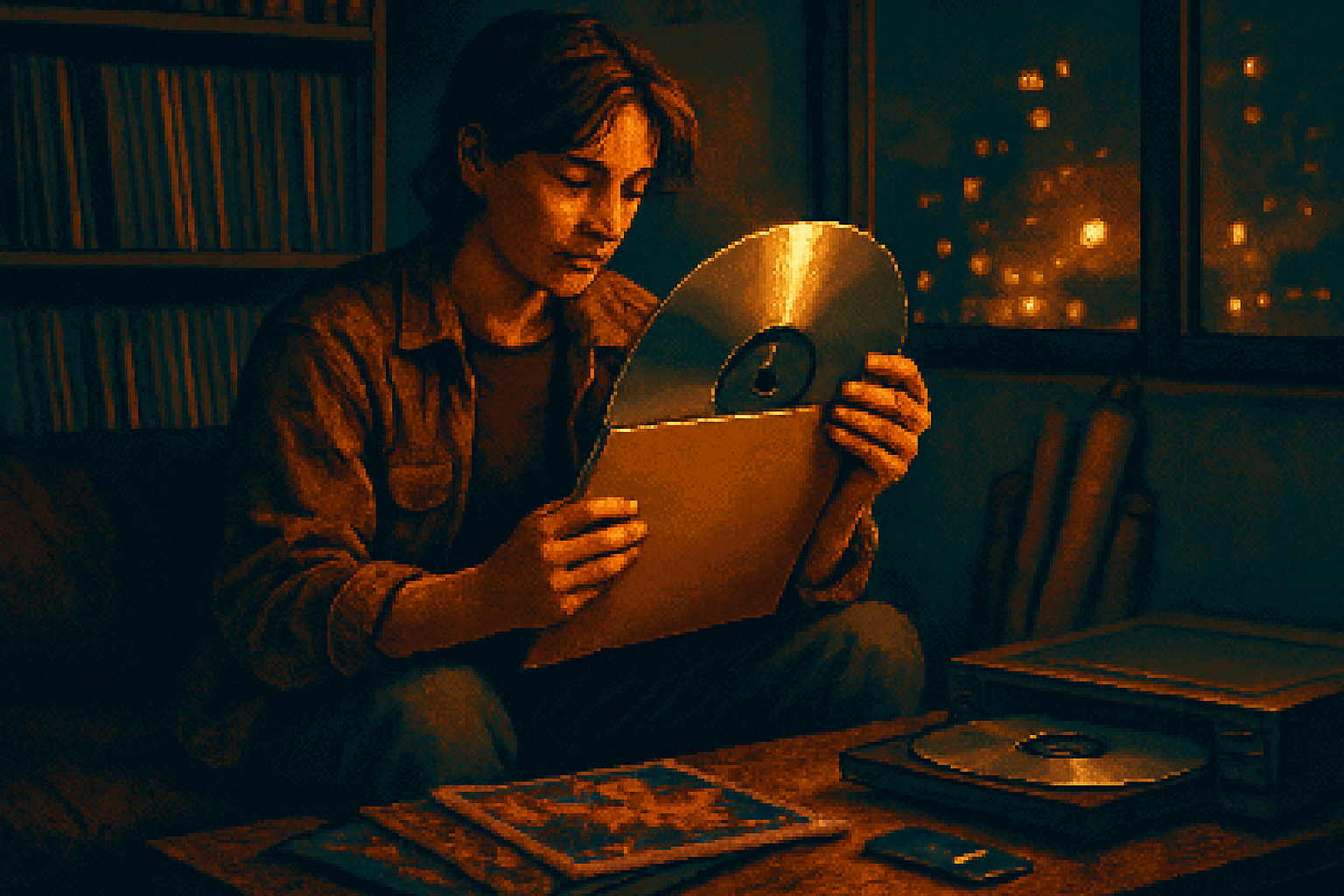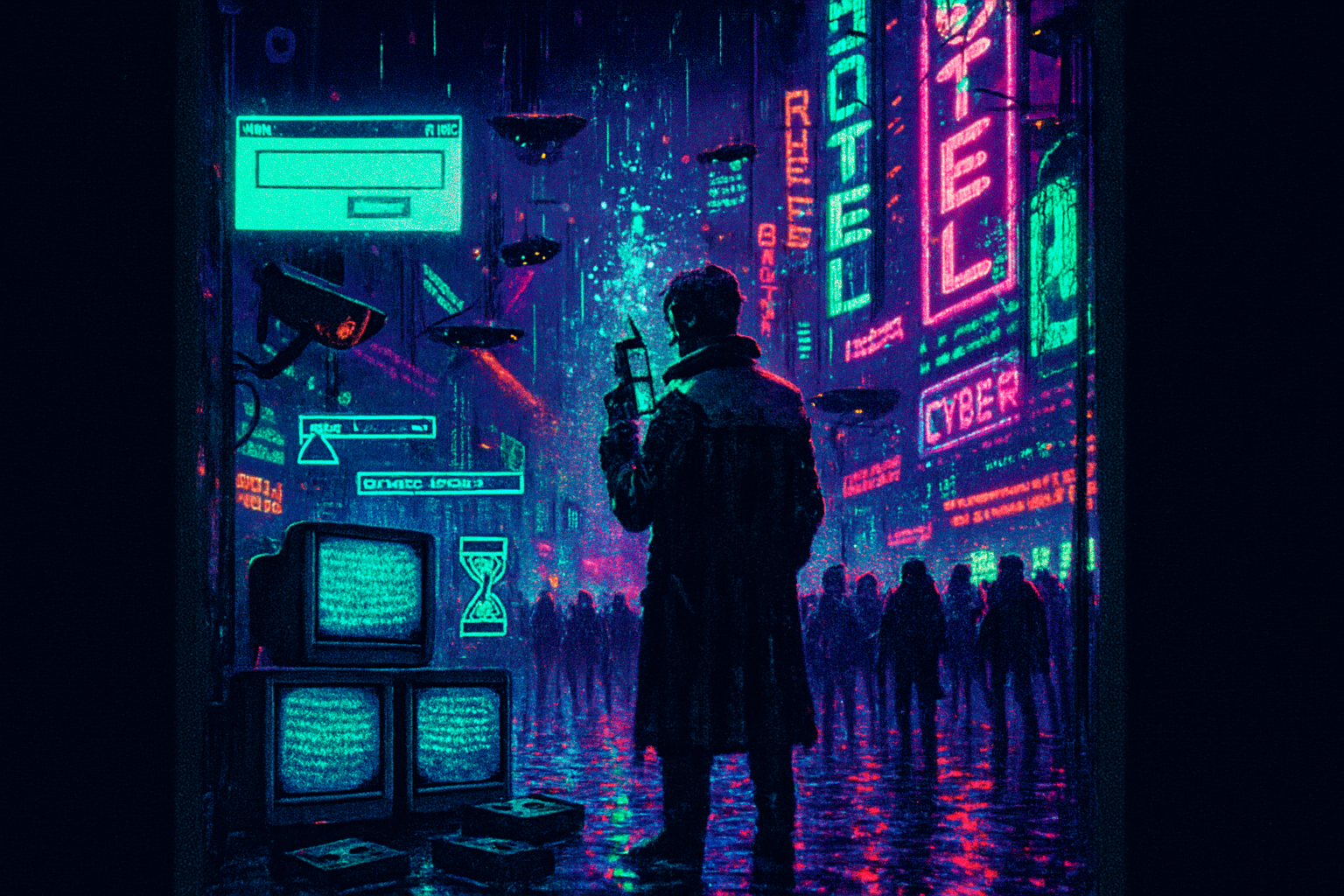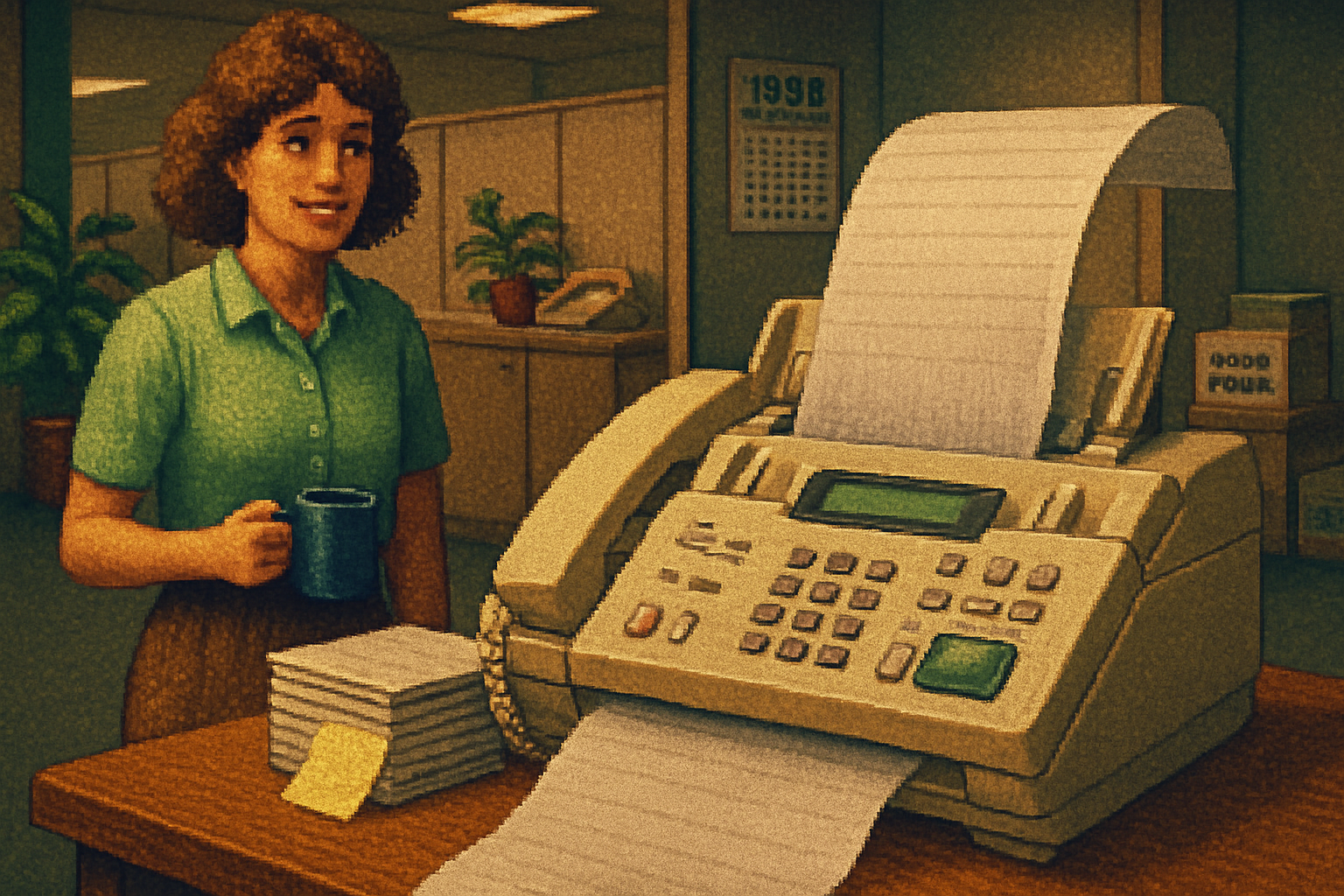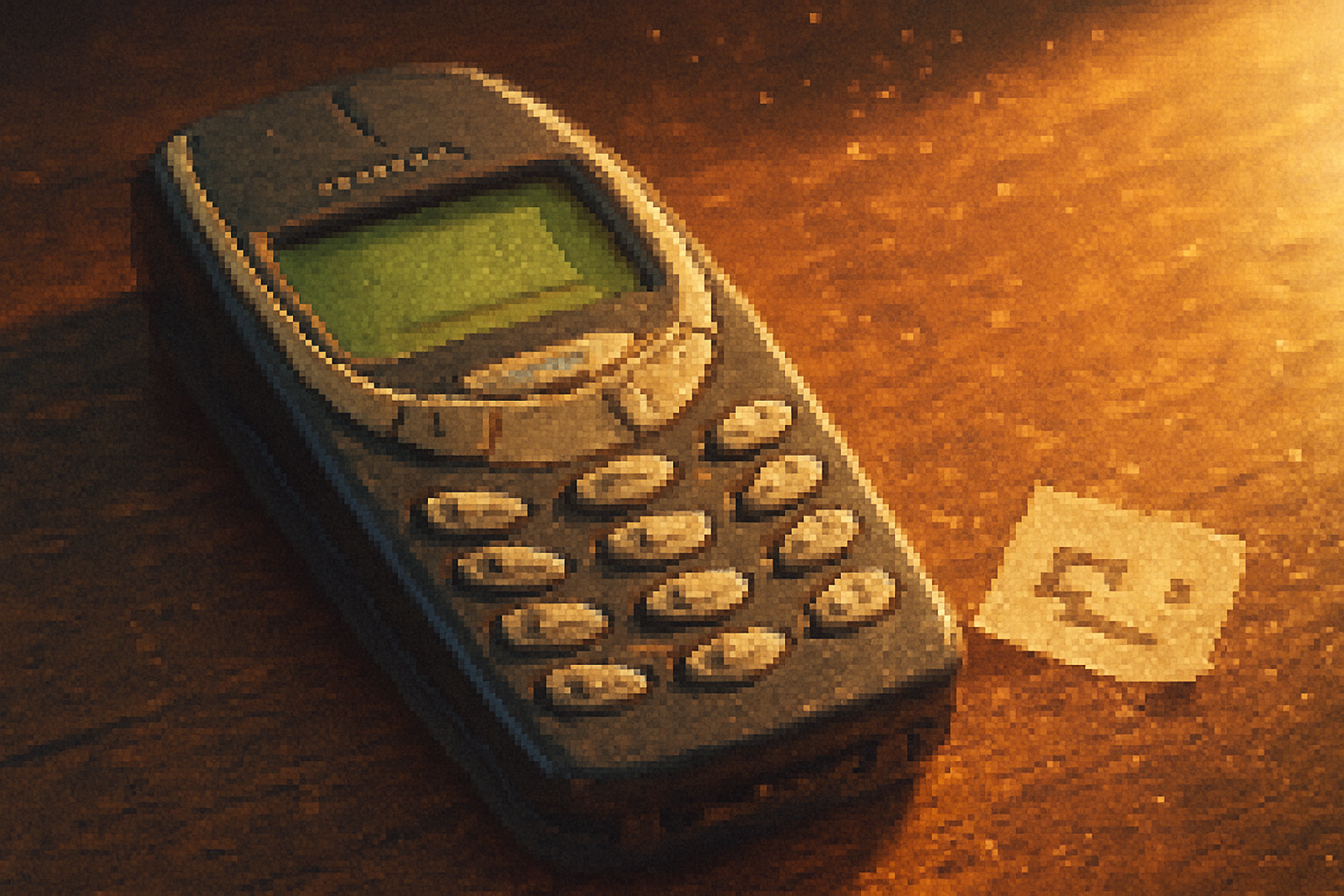· culture · 7 min read
LaserDisc: The Ultimate Retro Tech Experience
A deep dive into LaserDisc technology, its place in the history of home video, and the modern nostalgia and collecting scene - featuring interviews with long-time collectors and restorers who explain why this bulky, beautiful format still enchants.
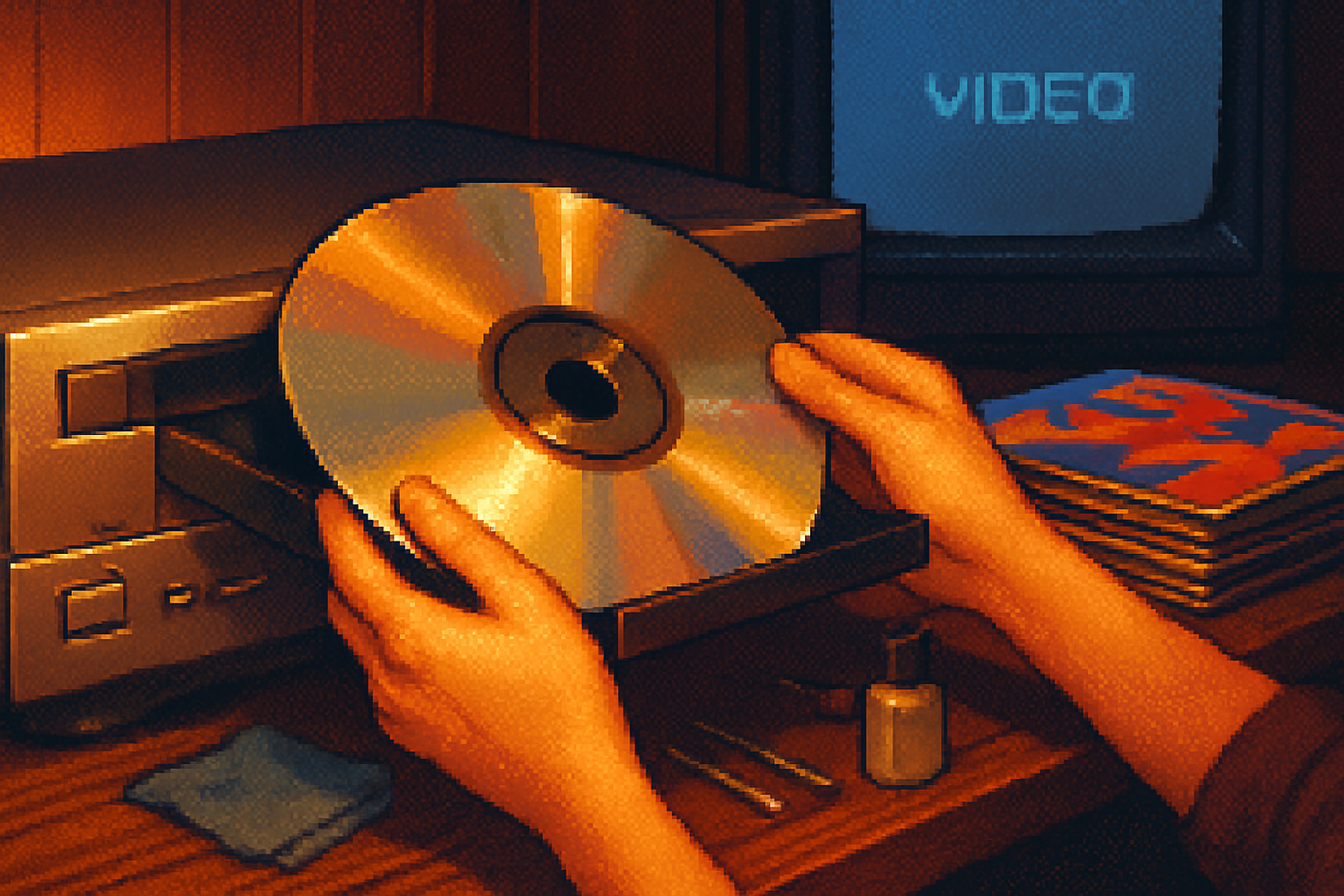
Why LaserDisc still matters
If you’ve ever held a LaserDisc - a 12-inch silver platter that looks more like a vinyl record than a movie disc - you know there’s something about it that feels ceremonious. Long before DVD and streaming, LaserDisc offered a superior home-video image and an unapologetically tactile experience: large-format artwork, precise chapter access, analog warmth, and often lavish extra features.
This article explores the technology behind LaserDisc, the reasons it captured a dedicated niche audience, and the vibrant collector and restoration communities keeping it alive. You’ll also hear from several collectors and technicians about the nostalgia and practicalities of owning LaserDisc equipment.
A quick history in under a minute
LaserDisc (LD) was developed by MCA and Philips and introduced in 1978 under the DiscoVision and LaserVision names. It was the first commercial optical disc storage medium for video and predated CD and DVD by years.
- First commercial launch - late 1970s
- Primary markets - United States and Japan (some other regions received releases, but adoption was limited)
- Peak consumer adoption - 1980s–early 1990s; professional/arcade niches lingered longer
For a deep database of releases and disc variants, the LaserDisc Database (LDDB) is the essential resource: https://www.lddb.com
How the technology works (concise primer)
LaserDisc is an analog video format that stores FM-modulated video information on an optical disc. Unlike VHS magnetic tape, LD uses a laser to read pits and lands that encode an FM waveform representing the luminance and chrominance (color) information. Audio was typically analog stereo, though later discs could include digital audio tracks and even early Dolby Digital (AC-3) in discrete channels.
Key technical concepts:
- CAV (Constant Angular Velocity) - one frame per revolution - allowed frame-accurate freeze, step, and slow-motion; capacity about 54 minutes per side for a 12” CAV disc.
- CLV (Constant Linear Velocity) - more storage per side by varying rotational speed - more common for movie releases, allowed up to ~60–120 minutes per side depending on encoding.
- Analog FM video - different from digital compression on DVD; offers a distinctive analog look, often perceived as more “film-like” by enthusiasts.
If you want an approachable technical breakdown, HowStuffWorks has a readable explainer: https://entertainment.howstuffworks.com/laserdisc.htm
The strengths (and curiosities) of the format
Why did enthusiasts fall in love with LaserDisc? A few reasons:
- Image quality - far superior to VHS in resolution and color stability. Many early film transfers were excellent, and the analog FM system preserved fine detail.
- Audio - high-quality analog stereo; later discs could include digital and surround formats.
- Special features - director commentary tracks, multiple cuts, and behind-the-scenes extras often appeared on LDs long before they became a DVD standard.
- Mechanical experience - heavy players, mechanical drawer trays, and the large disc format made playback feel deliberate and ritualistic.
Oddities: LaserDisc never gained mass-market dominance due to cost, disc size, and a market that still favored cheaper VHS rental copies. But that very rarity helped cement its status as the “audiophile” and cinephile format of the era.
Collecting and nostalgia: voices from the community
To get a sense of why people still obsess over LaserDisc, I spoke with several collectors, restorers, and long-time fans. These are anonymized or first-name-only interviews conducted over email and video chat.
Jasmine - long-time collector (started collecting in 2006)
“There’s a tactile satisfaction you don’t get with a disc the size of a quarter. You slide a big sleeve out of a box, admire the artwork, and then there’s this mechanical whirring when the player comes to life. For me, it’s a ritual - not just watching a movie, but experiencing a moment from when home video felt special.”
Tom - restorer and technician
“People think these players are fragile, but many Pioneer players from the late ’80s and ’90s are tanks. Common failures are belts, transport rollers, and the laser assemblies needing recalibration. A well-maintained LD player will outlast modern plastic electronics if it’s serviced regularly.”
Eli - nostalgic cinephile
“My favorite part was the extras. Some LaserDisc releases had multiple cuts of films, commentary, and featurettes that you’d only get on high-end VHS or never at all. Those early commentaries shaped how I learned to watch movies.”
These interviews reflect a pattern: LaserDisc isn’t just about picture fidelity - it’s also about ceremony, physicality, and the early home-video bonus-content ecosystem that anticipated DVD.
Restoration, preservation, and digital capture
Many collectors digitize LaserDiscs to preserve aging media and share rare extras. A proper capture workflow often includes:
- A functional LaserDisc player in good mechanical condition.
- Clean, well-maintained discs (cleaning kits and Isopropyl alcohol - used carefully).
- A Time Base Corrector (TBC) to stabilize analog signals.
- High-quality analog–digital conversion hardware (e.g., professional capture devices or dedicated analog-to-digital converters like the Canopus ADVC series) and S-Video or component outputs when available.
Advice from restoration forums (see AVSForum and LDDB) emphasizes patience and proper cleaning - scratches and mold are common aging issues, but many discs remain perfectly watchable with careful handling.
Useful resources:
- LDDB (disc information, release variations, region notes): https://www.lddb.com
- AVSForum (community troubleshooting and restoration threads): https://www.avsforum.com
Also consider depositing rare content in preservation projects like the Internet Archive where licensing permits: https://archive.org
Buying, maintaining, and what to look for
If you’re considering building a LaserDisc setup, here’s a practical checklist:
- Player choice - Pioneer models (e.g., CLD or LD series) are widely respected; older Philips and Magnavox units exist but vary in quality.
- Outputs - Prefer players with S-Video, component, or digital audio outputs. Composite will work but yields worse quality.
- Disc condition - Visual inspection for cracks, deep scratches, and mold. Light hairline scratches are often manageable.
- Service history - Ask if belts or the laser unit have been replaced. A known-working laser pickup is worth a premium.
Quick maintenance tips:
- Store discs vertically, in sleeves away from heat and direct sunlight.
- Use distilled water or 90%+ Isopropyl alcohol and a microfiber cloth for cleaning; wipe radially (center-to-edge), not in circles.
- Replace rubber belts and idler wheels when they show wear; silicone lubricants can help moving parts but avoid contact with optical surfaces.
(If you’re new to servicing electronics, consult community guides or a professional - many LD players are serviceable but require experience.)
Rare, iconic and collectible releases
Certain LaserDisc releases are highly sought after by collectors due to rarity, superior transfers, presence of exclusive extras, or unique mastering. Examples commonly cited by collectors:
- Early special editions of major films (e.g., widescreen theatrical cuts with commentary tracks)
- CAV releases with frame-accurate features
- Region-specific releases with differing packaging or language tracks
For price tracking and variant details, LDDB maintains one of the most thorough catalogs available: https://www.lddb.com
The legacy: why LaserDisc mattered for future formats
LaserDisc introduced several concepts later adopted by DVD and Blu-ray:
- Special features as a standard part of home releases (commentaries, featurettes).
- Multi-audio tracks and alternate cuts.
- An aesthetic of collector-focused packaging and deluxe editions.
Engineers and designers who worked on optical-video formats carried lessons from LaserDisc into CD and DVD design, and the format helped normalize the idea that home video could be a high-fidelity, feature-rich experience rather than just a cheap rental medium.
Modern relevance: a living hobby
Today, LaserDisc is a hobby with multiple facets: vintage audio/video enthusiasts who appreciate analog warmth; completists hunting rare releases; restorers preserving unique interviews and commentaries; and younger fans discovering the format for its novelty.
Online communities, auctions, and local swap meets keep the culture active. The format’s limitations (size, cost, fragile packaging) are often precisely what make it charming.
Getting started: a simple starter setup (recommendation)
- Player - mid-to-late era Pioneer LD player with S-Video and digital audio if possible.
- Display - a modern TV with S-Video/component inputs (or a capture workflow to HDMI); be mindful that modern flat-screens may not display analog signals as naturally as older CRTs.
- Accessories - cleaning kit, spare belts, basic toolkit, and a membership on LDDB or AVSForum for troubleshooting.
A small checklist you can copy:
Starter LaserDisc checklist:
- Functional Pioneer CLD/LD player (S-Video output preferred)
- S-Video or component cable
- Cleaning kit (microfiber cloth, isopropyl alcohol)
- Disk storage sleeves (vertical storage)
- Access to LDDB and AVSForum for guidanceFinal thoughts
LaserDisc remains a fascinating chapter in the evolution of home entertainment - part technological stepping-stone, part tactile ritual, and part collector’s treasure. The format’s emphasis on image quality and extra material foreshadowed the DVD era, while its physical presence and analog character foster an emotional bond that streaming rarely matches.
Whether you’re a curious newcomer, a cinephile seeking original commentaries, or a seasoned collector, LaserDisc offers a richly textured retro tech experience that continues to reward curiosity and care.
References
- “LaserDisc” - Wikipedia: https://en.wikipedia.org/wiki/LaserDisc
- LaserDisc Database (LDDB): https://www.lddb.com
- “How LaserDisc Works” - HowStuffWorks: https://entertainment.howstuffworks.com/laserdisc.htm
- AVSForum (community): https://www.avsforum.com
